
Modular dressing rooms are designed to be efficient and space-saving solutions suitable for a variety of retail environments. These rooms are not only used by apparel and sporting goods stores but also by supercenters, providing shoppers with a private and secure area to try on clothing before making a purchase.
The construction of these modular rooms is focused on flexibility and durability. They come in various sizes and configurations to meet different needs and space requirements. Essential accessories that enhance the functionality of these dressing rooms include mirrors, benches, clothes hangers, and grab rails, ensuring a comfortable and convenient experience for users.
The design of these rooms also allows for their use beyond retail. Non-retail clients utilize these modular rooms in office environments, public institutions, workout facilities, and photography studios as changing rooms, offering privacy for employees, students, clients, or the public.
Furthermore, the modular aspect of these rooms means they can be set up as temporary structures or pop-up spaces, yet they are attractive and sturdy enough for permanent installation. This versatility speaks to the adaptability of the modular dressing rooms to various situational needs and industry requirements.
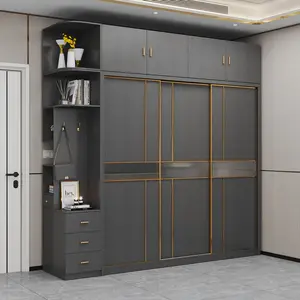
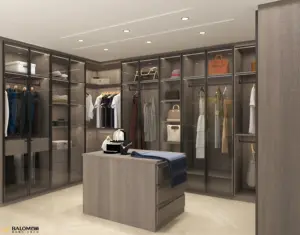

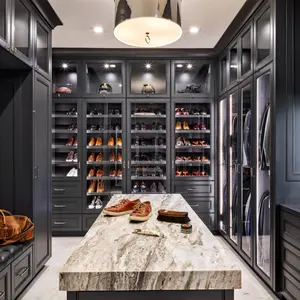

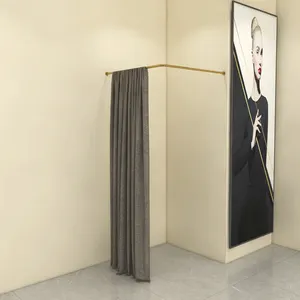









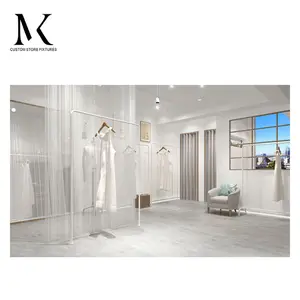

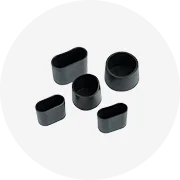
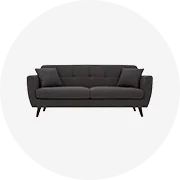
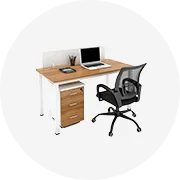

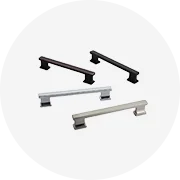
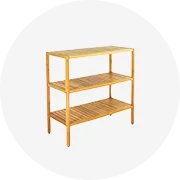

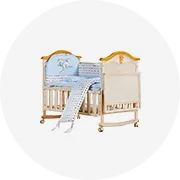











 浙公网安备 33010002000092号
浙公网安备 33010002000092号 浙B2-20120091-4
浙B2-20120091-4